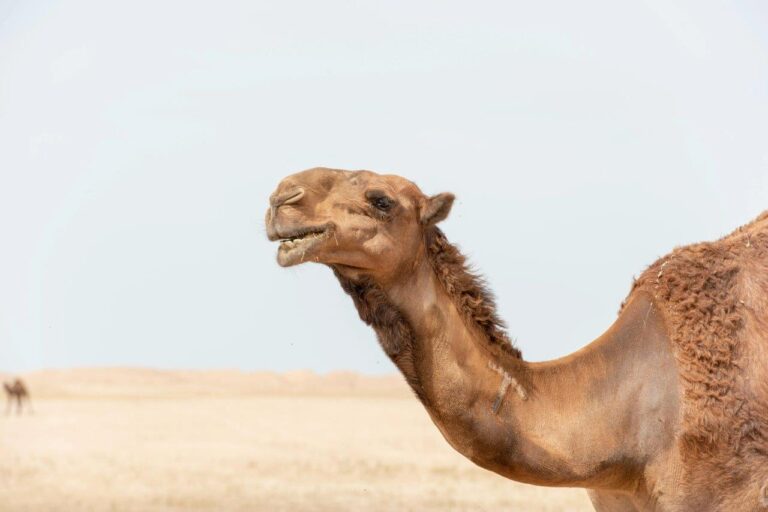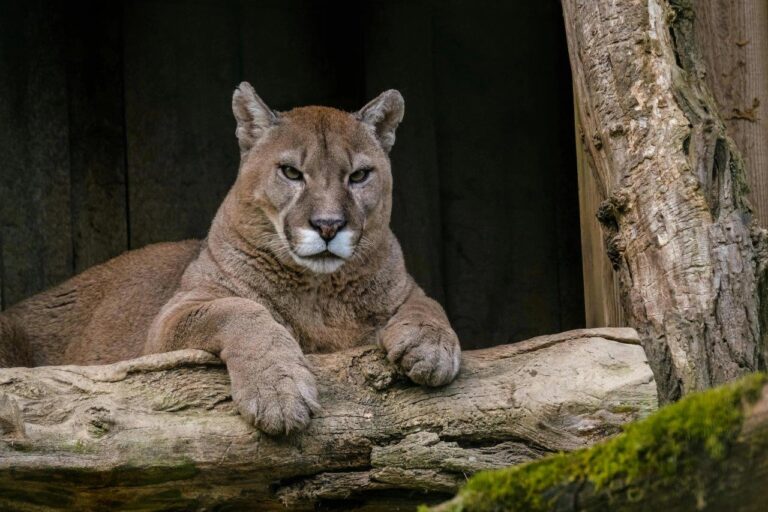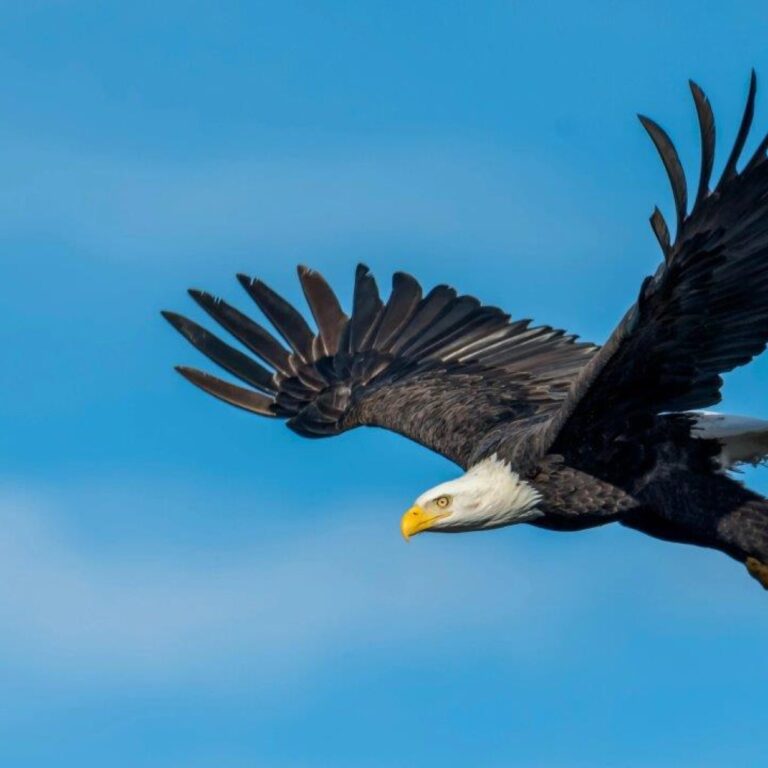There are two main species: the dromedary camel, which has one hump, and the Bactrian camel, which has two humps. Dromedary camels are found primarily in the Middle East and Africa, while Bactrian camels are native to Central Asia.
Camels store fat in their humps, not water. This fat can be converted into energy and water when food and water are scarce, allowing camels to survive long periods without eating or drinking.
They can drink up to 40 gallons of water in one go, allowing them to rehydrate quickly after going without water for several days. Their bodies are incredibly efficient at conserving water.
They have thick, leathery lips that allow them to eat thorny plants and vegetation that other animals cannot, making them well-suited to desert environments where food is scarce.
They have long, thick eyelashes and bushy eyebrows that protect their eyes from blowing sand. They can also close their nostrils to keep out sand and dust during sandstorms.
Camels are known for their endurance and can travel long distances across the desert at a steady pace. They can cover up to 100 miles in a single day, making them ideal for transportation in arid regions.
Camels have wide, padded feet that help them walk on sand without sinking. These feet act like snowshoes, distributing their weight evenly and allowing them to move easily across soft surfaces.
They have a unique way of walking called 'pacing,' where both legs on one side of their body move forward at the same time. This gait helps them maintain balance and reduces the energy needed for long-distance travel.
Camels are social animals and often live in groups called caravans or herds. They communicate with each other using a variety of vocalizations, including grunts, moans, and bellows.
Baby camels, called calves, are born after a gestation period of about 13 months. They can stand and walk within hours of birth and are usually weaned by the time they are one year old.
Camels have a unique digestive system that allows them to extract maximum nutrients from their food. They have a three-chambered stomach and can regurgitate and re-chew their food, similar to cows.
The Bactrian camel is well-adapted to cold desert climates, with a thick coat that protects it from freezing temperatures. This coat is shed in the summer to help the camel stay cool.
They have been domesticated for thousands of years and have played a crucial role in the culture and economy of desert-dwelling peoples. They are used for transportation, milk, meat, and even as draft animals.
Wild Bactrian camels are critically endangered, with fewer than 1,000 individuals remaining in the wild. Conservation efforts are underway to protect these unique animals and their habitats.
They have an incredible memory and can remember routes, water sources, and people they have encountered before. This ability makes them valuable companions for desert travelers.



